Single-layer pipe
Single-layer anti-corrosion epoxy powder pipe
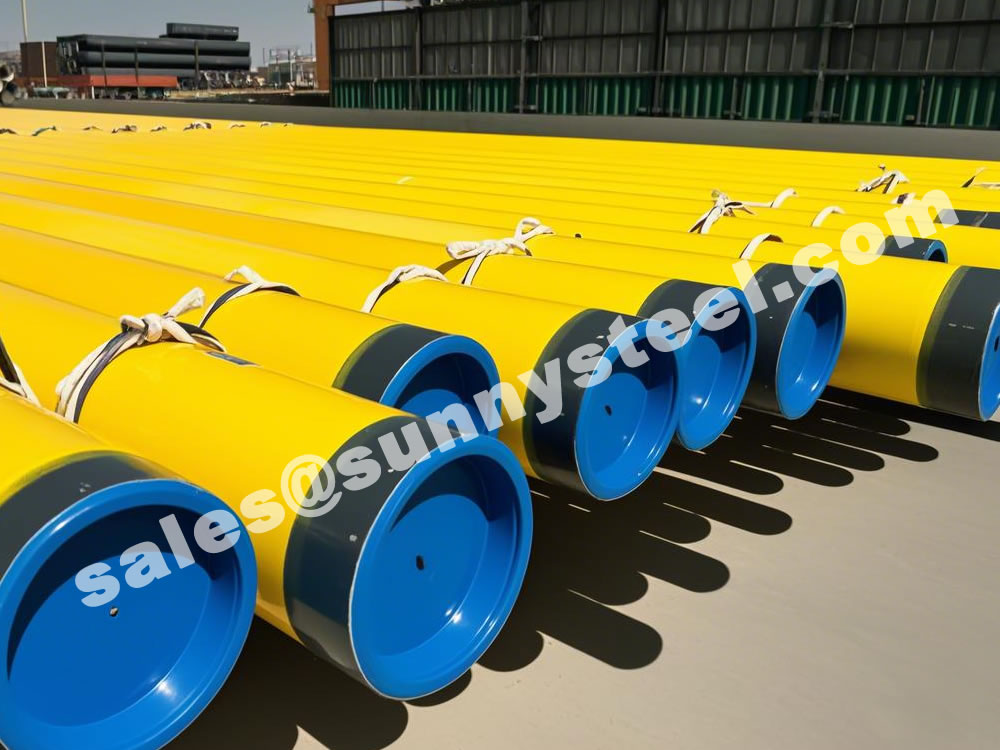
Fusion Bonded Epoxy (FBE) coated pipes are steel pipes treated with a robust epoxy-based powder coating, widely used to protect pipelines from corrosion and extend their service life.
These pipes are widely used in oil and gas pipelines, water transportation, chemical processing, and structural applications due to their robustness and reliability.
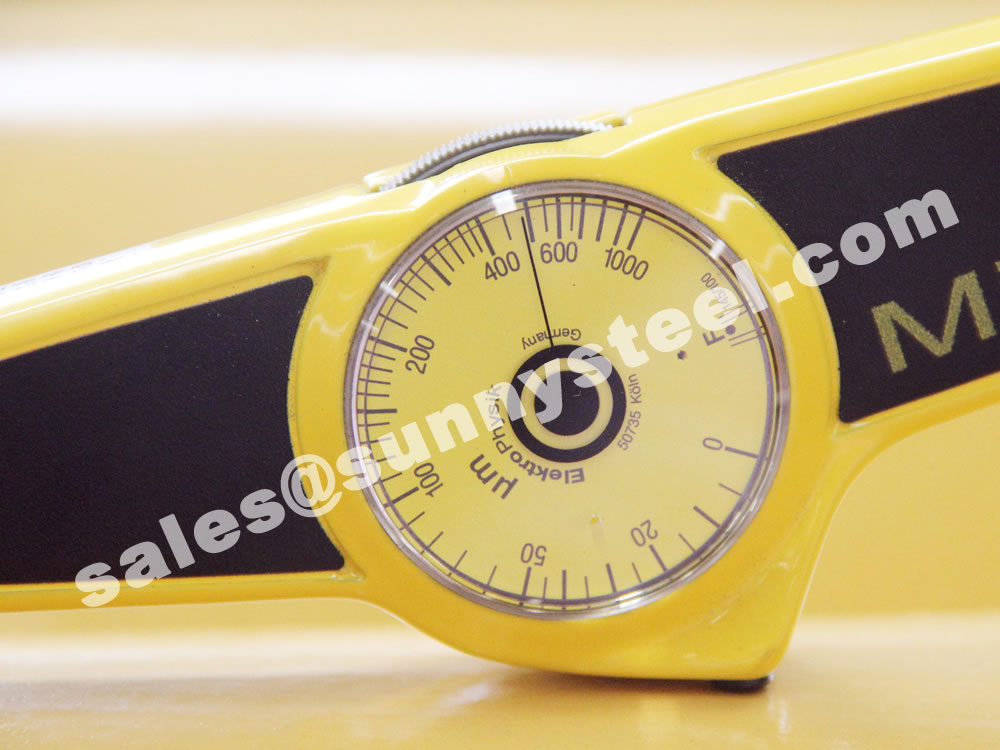
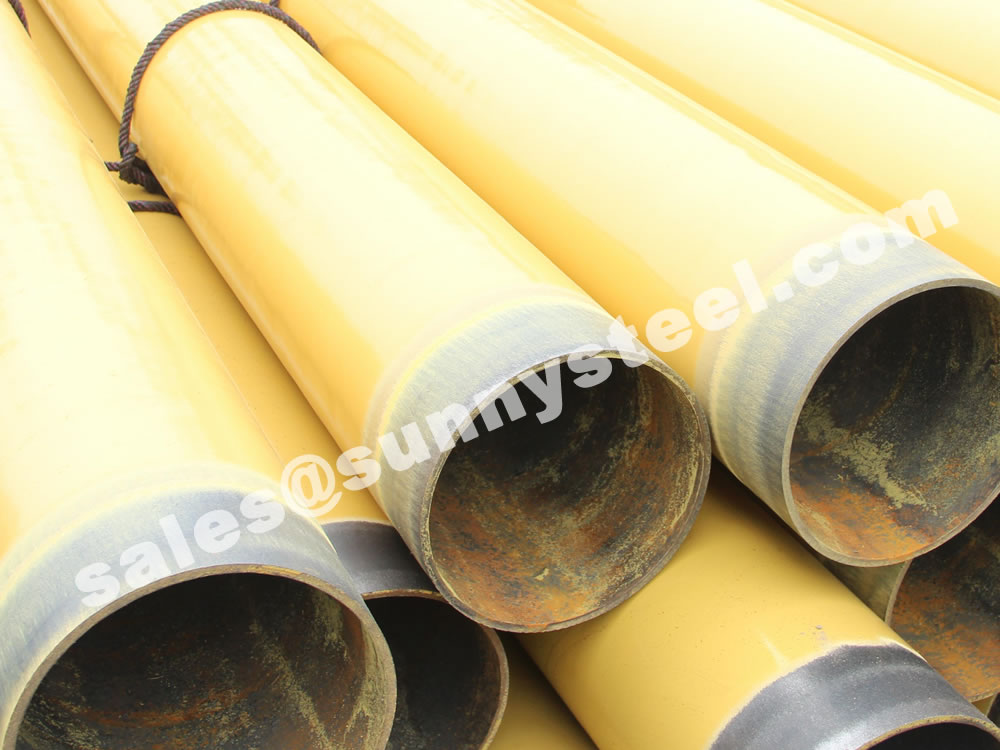
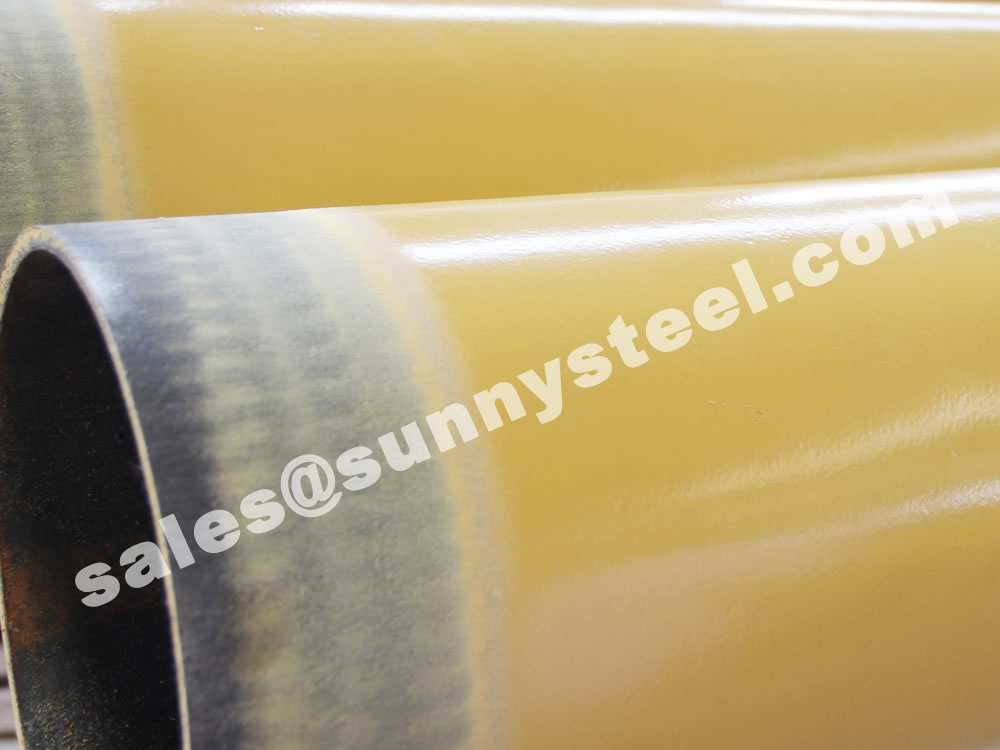
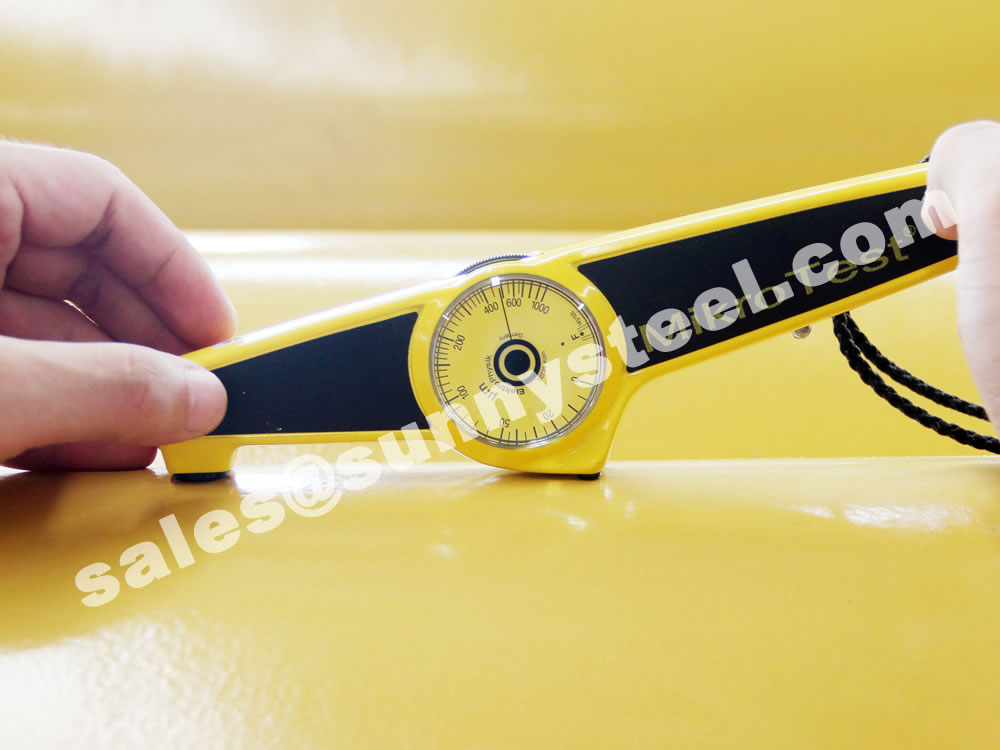

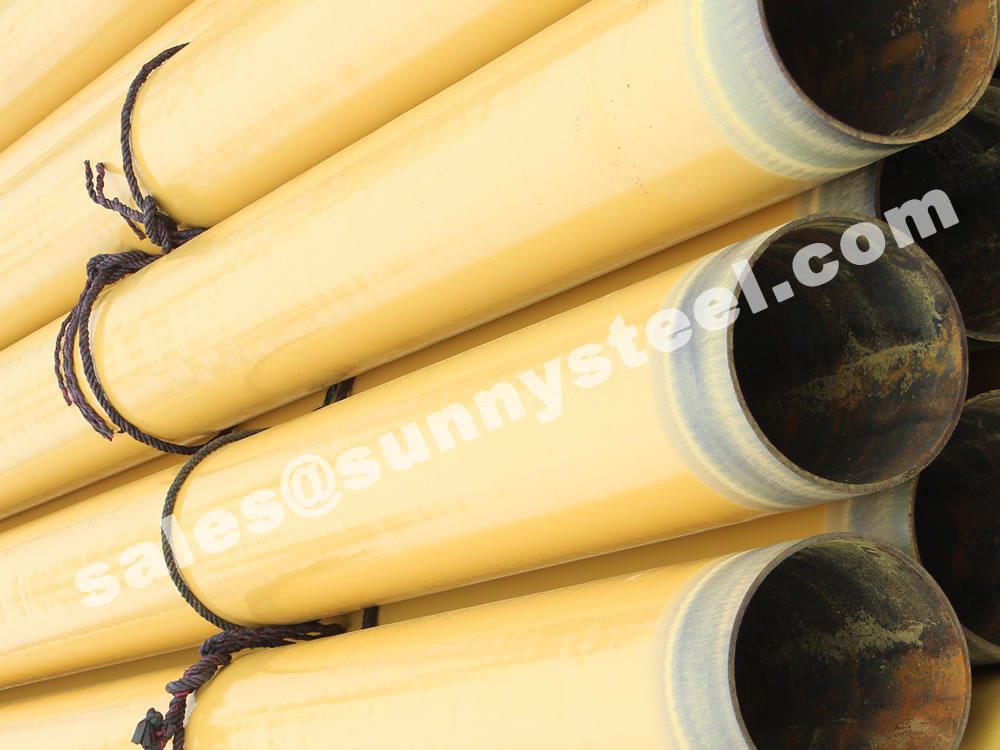
Once the FBE is coated on the pipe surface, the FBE film provides an extremely hard surface with great adhesion to the surface of the pipe.
The steel pipes are treated by shot blasting and intermediate frequency preheating before painting, and then the epoxy powder coating is sprayed on the surface of the heated pipe products by electrostatic spraying method, which melts and bonds on the surface of the steel pipe and solidifies to form a coating. FBE coating is usually a one - step film forming structure.
Many industries rely on steel pipes, valves and fittings to transport fluids and provide other critical services. However, corrosion is often a major problem they face, which can cause significant damage to pipes and lead to costly repairs and replacements.
Fortunately, there are several methods of protecting pipes from corrosion, including coatings and linings.
In this guide, we'll focus specifically on Fusion Bonded Epoxy (FBE) coating, a highly effective and popular method of protecting pipes from corrosion - including what it is, how it works and when it's needed.
Fusion Bonded Epoxy (FBE) coating, sometimes referred to as powder coating, is a thermosetting resin coating that’s applied to steel pipes and is considered to be the industry standard for industries like oil and gas, water, sewage, and more.
FBE coating gets applied to both the exterior and interior of the pipe and is a highly effective method of protecting the pipe from corrosion.
There are two varieties of FBE coated steel pipe: one - layer coated pipe and dual - layer coated pipe.
One - layer Coated Pipe
FBE coated steel pipes are typically a single layer of coating applied to the steel pipe. The surface is rough and non - slip, which is ideal for a pipeline that will be covered with a concrete coating. This was accomplished through the use of a specific fusion bonded epoxy powder that was combined with solid epoxy resin and other adhesive materials to aid the pipe surface to adhere to the powder.
Dual - layer Coated Pipe
Dual - layer FBE coating is a pipe coating that consists of two layers of FBE. The first layer is applied to the pipe by electrostatic spraying, and the second layer is applied by roller coating. Dual - layer FBE coating provides excellent protection against corrosion and abrasion damage. It is often used on steel pipes that are buried or exposed to the elements. Dual - layer FBE coating is also used on pipe fittings, valves, and flanges. It can be installed on new pipe or retrofitted on existing pipe. Dual - layer FBE coating is an effective way to protect your investment and extend the life of your pipeline.
FBE coating is needed for pipes that are exposed to harsh environments, like those that come into contact with salt water, chemicals, and other corrosive materials.
It is also used to protect pipes that are buried underground where they are subject to corrosion from soil and moisture.
This type of coating is highly effective in protecting pipes from corrosion, abrasion, and chemical attack, which can cause costly damage and reduce the lifespan of the pipe. FBE coating can also help to improve the flow of fluid through the pipe by reducing friction and turbulence.
In addition to its protective properties, FBE coating is also environmentally friendly and can be applied without emitting any harmful substances. This makes it a popular choice for many industries that prioritize sustainability and environmental stewardship.
Regardless of the form and kind of steel surface to be coated, the application of FBE powder coating follows a three - step process:
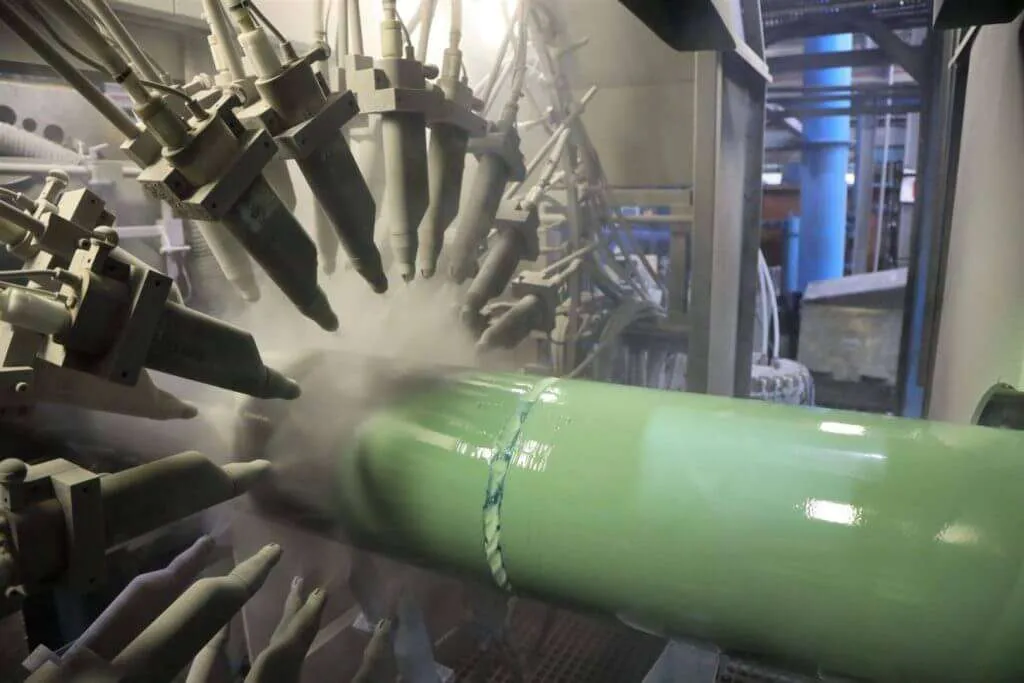
The hardener and resin work together to form a bond or binder. The curing agent is responsible for forming the reaction, whereas the pigments, fillers, and extenders are responsible for imparting the required qualities. FBE dry powder normally has inactive hardener components and resin due to the way it is stored in a typical storage environment. Typical coating temperatures range from 180°C to 250°C, at which point the powder components melt and transform into a liquid condition. After flowing over the metallic surface, the liquid form of the FBE will quickly transition into its solid form as a result of element cross - linking, which is assisted by heat. “Fusion bonding” is the phrase used to describe the process involved in this. When it comes to chemistry, the cross - linking that happens cannot be reversed in this situation. Once the curing process is completed, the coating will not be able to be restored to its previous state. Due to the fact that subjecting the coating to additional heating will not cause the coating to melt, this form of coating is known as a thermoset type of coating.
Using pipe and rebar has the benefit of allowing continuous linear application over the outer surface as the pieces are transported via a conveyor through the powder application booth, allowing for high throughput.
The FBE coating process involves applying an electrically charged epoxy powder to the heated pipe, which then melts and fuses to the surface. But before this is done, the pipe surface is cleaned and heated to ensure proper adhesion. In many cases, the pipe will be heated from 350 - 500° F during this process.
The result is a strong, durable, and uniform coating that provides superior corrosion resistance and prevents the pipe from deteriorating over time.
The fusion bonding that takes place throughout this process means the coating is irreversible and cannot return to its original form of powder, even upon further heating of the pipe. This means the coating will not melt even under extreme conditions.
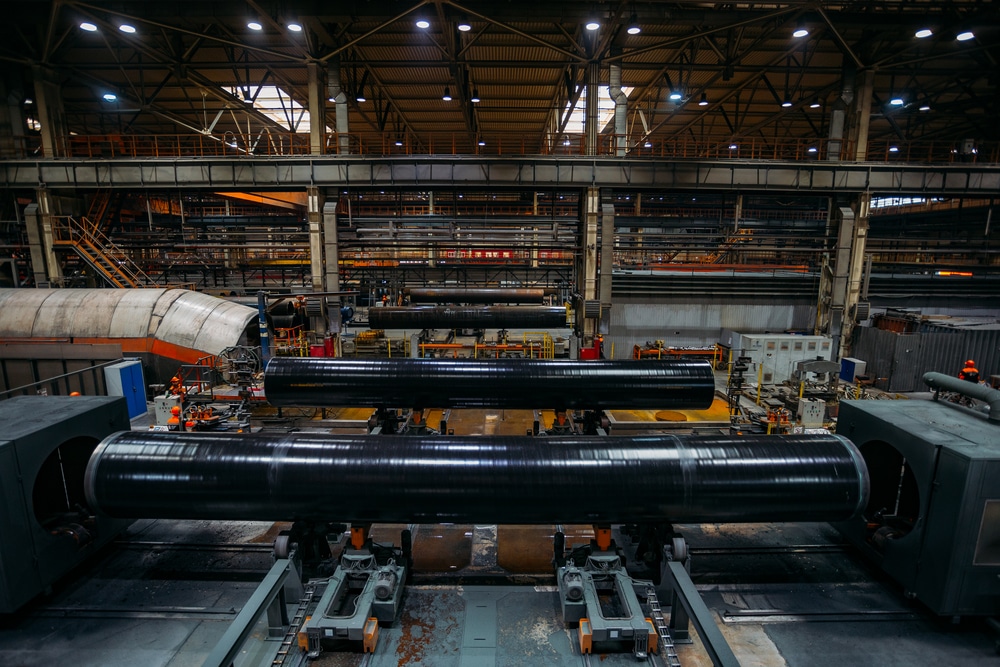
There are some alternatives to steel pipe coating aside from FBE coating, including:
Each method has its own advantages and disadvantages, and the choice between these options will come down to the specific application and level of corrosion protection needed. So, you may want to consult with a corrosion expert to find the best coating for you based on the fluids being transported, the conditions the pipe will be exposed to, and other factors.
Pipelines running at moderate temperatures during the intended life of the pipeline are protected with FBE, which has good adhesion to steel and provides better long - term corrosion resistance and protection. Because of its excellent anticorrosive properties, its service life can be in excess of 100 years.
Excellent cathodic disbondment resistance is provided by superior adhesion qualities, resulting in a reduction in the overall cost of cathodic protection during the pipeline’s operation.
Special grades of FBE are available for use at higher working temperatures, for coating high - strength steels, and for a variety of other purposes.
In addition, FBE may be used as a dual - layer product, which has robust physical features that help to limit damage during handling and transit as well as installation and operation.
FBE has been engineered to provide excellent chemical resistance in a wide range of soil conditions.
It is effective in preventing the growth of germs and the formation of mounds in the water. It has a great ability to prevent scale from forming. The potential of the pipe ends becoming blocked exists when the cement lining is employed, especially when the water capacity is low enough.
It offers 15 - 20 percent greater water volume when compared to other types of coating pipes of the same diameter (cement Lining).
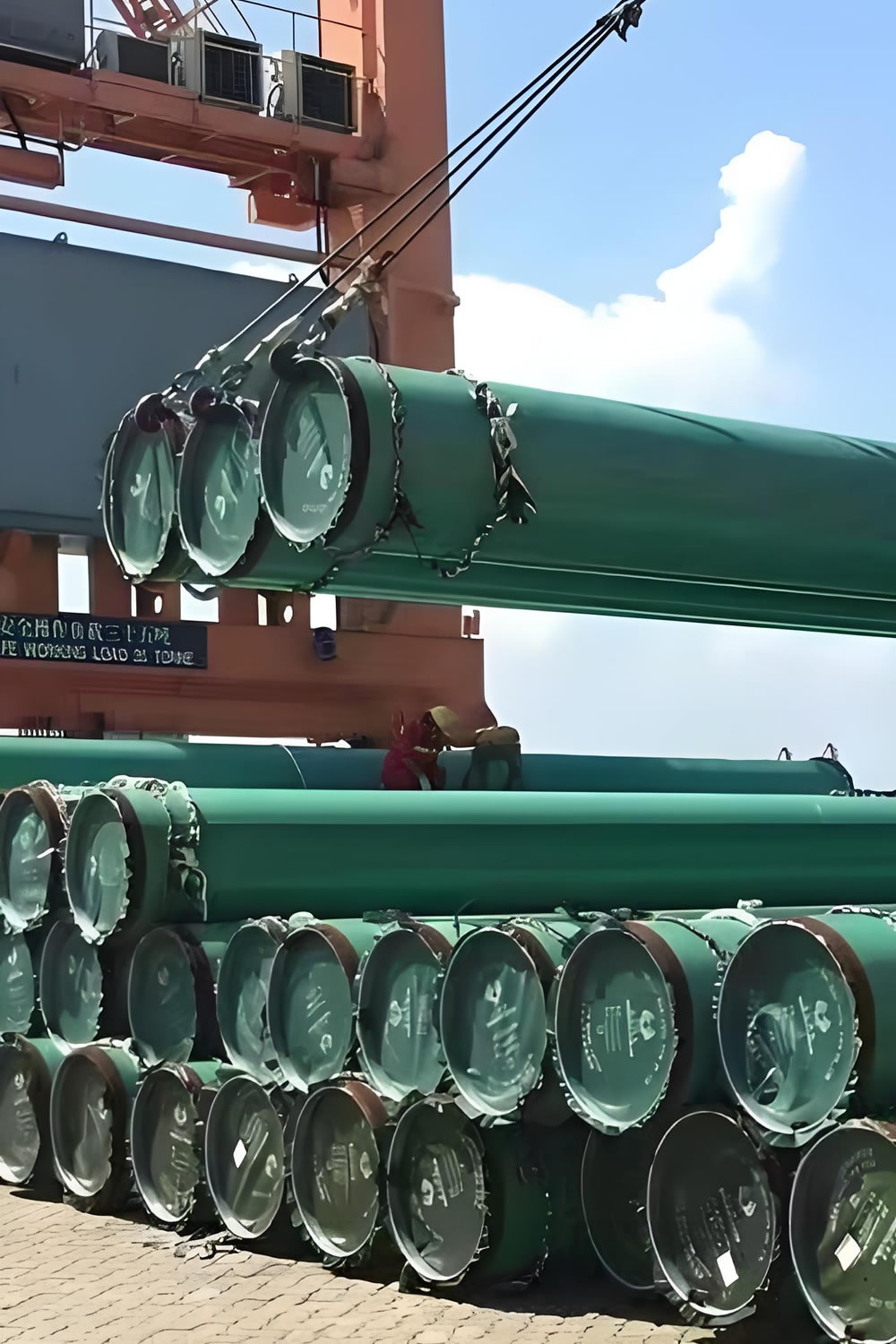
Pipelines are a vital part of our infrastructure, so it is essential that they are well - protected to prevent damage and leaks. One type of coating used on pipelines is fusion bonded epoxy (FBE).
Recently, two segments of pipeline coated with FBE more than 30 years ago underwent exploratory inspection as part of the risk assessment process. The results from laboratory tests and field inspections were unequivocal: the coating was properly applied and is still in good condition. This is positive news, as it shows that FBE can provide long - term protection for pipeline segments. The inspection also provided additional validation of the ability of the FBE coating to work in unity with cathodic protection to provide superior pipeline protection. This information is valuable not only for pipeline operators but also for those involved in specifying pipeline coatings for new construction projects.
The pipeline industry has long relied on FBE coatings to protect their pipelines from corrosion and degradation, and the latest tests prove that they are still effective. The FBE manufacturer has revised their coating formulation several times to improve corrosion protection and mechanical properties, but the older generation of FBE - coated pipe installed more than 30 years ago is still performing well. There are no indications of significant coating degradation and it is clear that the FBE system will continue to perform for many years. This is clear evidence of the durability and effectiveness of FBE coatings. Pipeline operators can be confident in this tried - and - true coating technology for many years to come.
Pipeline integrity management programs are usually focused on more recent coatings, but excavations and inspections provide valuable insights into the long - term performance of early generation FBE coatings. These evaluations validate current formulations and give greater confidence in their efficacy.
Many changes and developments have taken place in FBE coating technology since the 1970s, so these older coatings provide valuable data points. In addition, the inspection of long - standing coated pipe can yield invaluable insights into the degradation of these early generation coatings.
| Category | Details |
|---|---|
| Product | LSAW PIPE/SSAW PIPE |
| Standard | EN10210, EN10217, EN10219, ASTM A252 (Piling pipe), ASTM A572, ASTM A53, API5L |
| Grade | S235, S275, S355JRH, S355J0H, S355J2H, GR.1, GR.2, GR.3, x12, x20 |
| Size | 16 INCH - 64 INCH (406 - 1626MM) |
| Thickness | 6MM - 80MM |
| Length | 12 - 12.2M |

The coating provides excellent resistance to acidic and alkaline environments and protection against mechanical damage and abrasion.

FBE coating is needed for pipes that are exposed to harsh environments, like those that come into contact with salt water, chemicals, and other corrosive materials.
It is also used to protect pipes that are buried underground where they are subject to corrosion from soil and moisture.

Pipeline coating is the most consistent and successful solution for protecting ERW pipes from corrosion, from moisture, other harmful chemicals.
Therefore pipe anti-corrosion layer is an important barrier to prevent soil erosion. A well-known foreign scholar put forward" 3PE france protective layer", so far, anti-corrosion methods is widely used.
1. Increased Flow Capacity – A coating on pipes helps provide a smoother surface thus improving gas and liquid flow within pipes.
2. Reduced Cost – The pipeline coating increases the pipes durability so they can be deployed with minimum maintenance cost even in the harshest environments.
3. Lower energy usage – Various studies have shown that pipelines that are internally coated use less energy for pumping and compression of products through pipes. This helps in increased saving over time.
4. Clean delivery of products – The inhibitors used for the protection products can also be minimized by the use of coated pipes for delivery of products.
Thus, coating of pipelines can help you in reducing your maintenance cost and at the same time providing a corrosion free reliable protection.
The basic principles of urban gas pipeline coating selection:

When you partner with Sunny Steel, you can stop worrying about meeting deadlines thanks to our responsive and timely service. You'll also say goodbye to unnecessary shopping around. Instead, you'll get white glove service from an expert who understands your needs and can get you the materials you need quickly.
